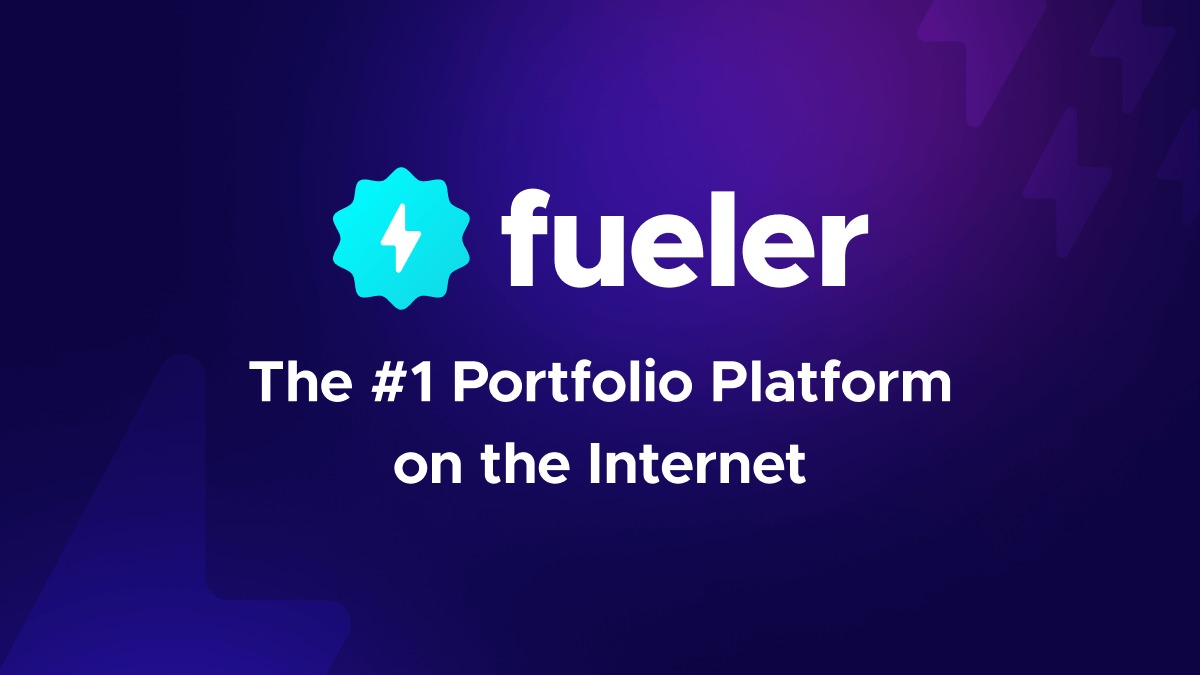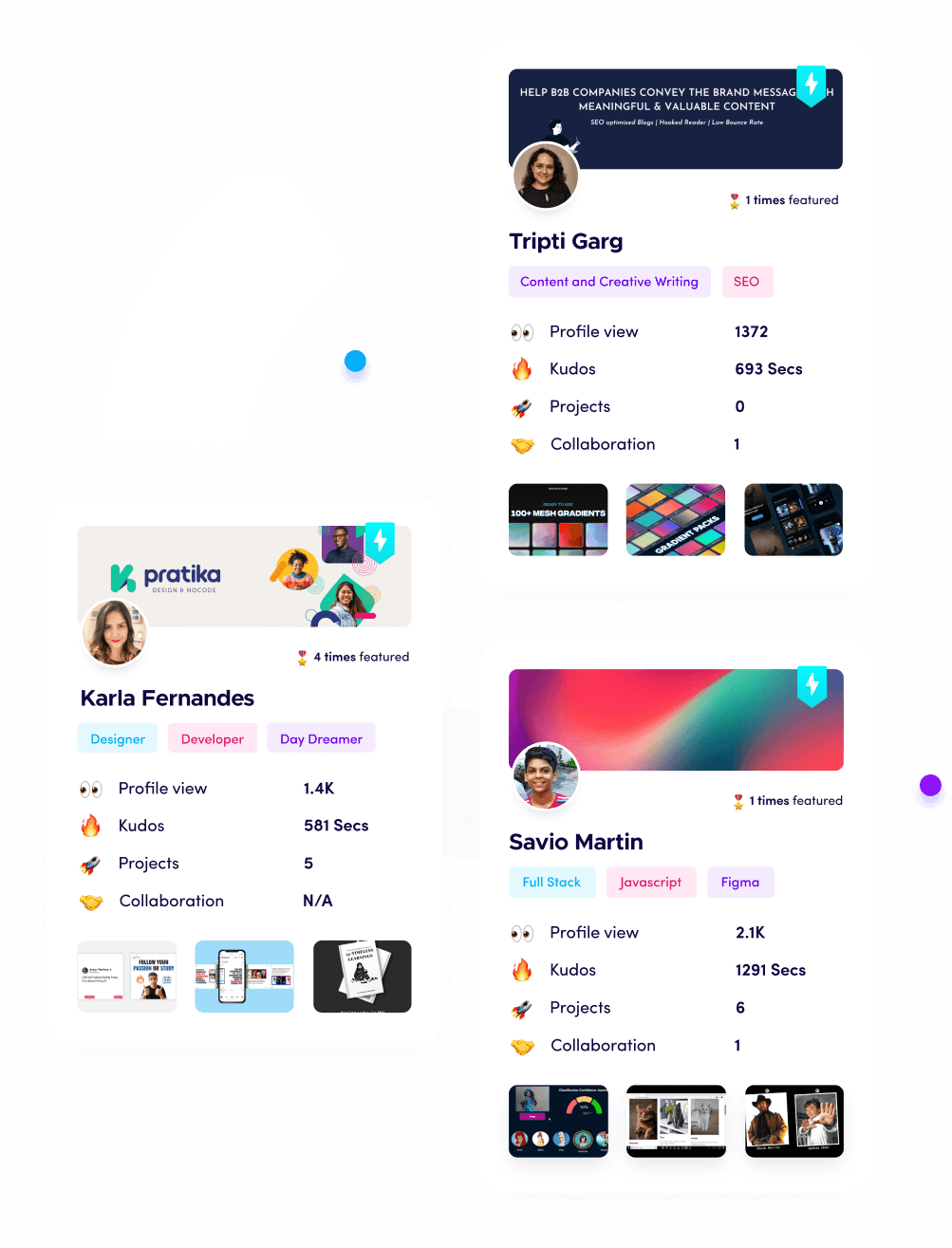How to Choose the Right Payment Tool for Your Freelance Business

Riten Debnath
18 Jun, 2025

Are you losing time and money because your payment process is complicated, slow, or expensive? In 2025, picking the right payment tool is one of the most important decisions you will make for your freelance business. Let’s break down exactly how to find the best payment solution, avoid hidden fees, and make your freelance journey smoother and more profitable.
I’m Riten, founder of Fueler—a platform that empowers freelancers and professionals to get hired through their work samples. In this guide, I’ll show you how to choose the right payment tool for your freelance business. But remember, your payment method is only part of the equation. How you present your work—through a strong, organized portfolio—can make the difference between landing your dream client and getting overlooked. Your portfolio is your proof of skill, your credibility, and your shortcut to building trust. Let’s make sure you’re set up to get paid easily and impress clients with every project.
Why Your Payment Tool Matters More Than Ever
Secure and Timely Payments
As a freelancer, you depend on steady cash flow. The right payment tool ensures you get paid quickly and securely, no matter where your client is located. Delays or failed payments can disrupt your business and create unnecessary stress. A reliable payment system helps you focus on your work rather than chasing invoices.
Lower Costs, Higher Profits
Transaction fees, currency conversion charges, and hidden costs can eat into your hard-earned income. Choosing a payment tool with transparent, low fees means you keep more of what you earn. This is especially important if you work with international clients or handle multiple transactions each month.
Professionalism and Client Trust
Clients want a smooth, professional payment experience. Using a trusted payment tool shows clients you are serious about your business. It also makes it easier for them to pay you, which means you get paid faster and build better relationships.
Flexibility for Global Clients
Freelancers today work with clients across the world. Your payment tool should support multiple currencies and payment methods, making it easy for clients to pay you in their preferred way. Understanding common payment methods in Europe can be especially useful when working with clients from that region, ensuring smoother transactions and fewer barriers. This flexibility can help you win more projects and expand your client base.
Key Factors to Consider When Choosing a Payment Tool
1. Fees and Pricing Structure
Every payment tool has its own fee structure, including transaction fees, withdrawal fees, and currency conversion charges. Compare these costs carefully. Some platforms charge a flat fee per transaction, while others take a percentage. Make sure you understand all potential charges, including hidden fees, so you can accurately calculate your net earnings.
2. Supported Payment Methods
Your clients may prefer to pay by credit card, bank transfer, digital wallet, or other methods. The more payment options you offer, the easier it will be for clients to pay you promptly. Look for a payment tool that supports a wide range of payment methods, including those popular in your clients’ countries.
3. Ease of Use and Integration
A payment tool should be easy to set up and use. Check if the platform integrates with your existing workflow, such as your accounting software, project management tools, or freelance platforms. Smooth integration saves you time, reduces errors, and helps you manage your business more efficiently.
4. Security and Compliance
Security is non-negotiable. Choose a payment tool that offers strong security features, such as two-factor authentication, encryption, and fraud protection. Make sure the platform complies with relevant regulations, especially if you work with clients in different countries.
5. Speed of Payments
Some clients want to pay instantly, while others may need more time. Look for a payment tool that offers fast transfers and doesn’t hold your funds unnecessarily. Instant or same-day payments can help you manage your cash flow and reduce financial stress.
6. Customer Support
If something goes wrong with a payment, you need quick and helpful support. Choose a payment tool with a reputation for responsive customer service. Check for support channels like live chat, email, and phone, and read reviews from other freelancers.
7. Global Reach and Currency Support
If you work with international clients, make sure your payment tool supports the currencies and countries you need. Some platforms offer local bank details in multiple countries, making it easier for clients to pay you as if you were a local business.
Top Payment Tools for Freelancers in 2025
PayPal
PayPal is one of the most widely used payment platforms for freelancers. It offers global accessibility, allowing you to send and receive money in multiple currencies. You can invoice clients, accept payments via credit cards, bank transfers, or PayPal balance, and benefit from buyer and seller protection. However, PayPal’s transaction and currency conversion fees can add up, so keep an eye on the costs.
Stripe
Stripe is popular for freelancers who want to accept credit card payments directly on their website or through online invoices. It supports over 135 currencies and offers powerful integration with many business tools. Stripe’s pricing is transparent, with no hidden fees, and it provides advanced features like recurring payments and detailed reporting.
Wise (formerly TransferWise)
Wise is known for its low-cost international transfers and real exchange rates. It allows you to hold and manage multiple currencies in one account, making it ideal for freelancers with global clients. Wise’s business account makes it easy to receive payments from clients worldwide and withdraw funds to your local bank account with minimal fees.
Payoneer
Payoneer specializes in international payments, offering local receiving accounts in several currencies. It is integrated with many freelance marketplaces and supports payments from clients in over 200 countries. Payoneer is a great choice for freelancers who work with clients on platforms like Upwork or Fiverr.
Ruul
Ruul is designed specifically for freelancers, providing invoicing, payment collection, and income tracking in one platform. It supports multiple currencies and payment methods, making it flexible for both you and your clients. Ruul’s tools help you manage your freelance finances and ensure you get paid on time.
Venmo (for US-based freelancers)
Venmo is a mobile payment app that allows you to receive payments quickly from clients in the US. It is easy to use and has no fees for payments made via bank transfer or major debit cards. However, Venmo lacks advanced features like invoicing and is not suitable for international payments.
How to Decide: Step-by-Step Guide
Step 1: Identify Your Client Base
Are most of your clients local or international? Do they prefer digital payments, credit cards, or bank transfers? Understanding your clients’ preferences will help you choose a payment tool that makes it easy for them to pay you.
Step 2: Compare Fees and Features
List the payment tools that fit your needs and compare their fees, supported currencies, and features. Look for tools that offer transparent pricing and avoid platforms with hidden charges or high conversion rates.
Step 3: Test the User Experience
Sign up for a free account or demo. Test how easy it is to send invoices, receive payments, and withdraw funds. Check if the platform integrates with your existing tools and how responsive their customer support is.
Step 4: Prioritize Security
Review the security features of each platform. Make sure your chosen payment tool uses encryption, two-factor authentication, and complies with industry standards for data protection.
Step 5: Plan for Growth
Choose a payment tool that can scale with your business. If you plan to expand internationally or work with larger clients in the future, pick a platform with global reach and advanced features like batch payments or recurring billing.
Pro Tip: Organize Your Work and Payments for Success
As you grow your freelance business, keeping your work samples and payment records organized is crucial. That’s where Fueler comes in. Fueler helps you build a powerful portfolio, showcase your best projects, and get noticed by companies that hire through assignments. By combining a strong portfolio with a streamlined payment process, you can boost your credibility and win more clients.
Final Thoughts
Choosing the right payment tool is a key step in building a successful freelance business. Take the time to compare your options, consider your clients’ needs, and prioritize security and transparency. The best payment tool is one that fits your workflow, saves you money, and helps you get paid quickly and safely. Combine that with a standout portfolio, and you’ll be ready to take your freelance business to the next level in 2025.
FAQs
1. What is the best payment tool for freelancers in 2025?
The best payment tool depends on your clients, location, and business needs. Popular options include PayPal, Stripe, Wise, Payoneer, and Ruul. Compare their fees, features, and global support to find the right fit.
2. How can freelancers avoid high payment fees?
To avoid high fees, choose platforms with transparent pricing, low transaction costs, and real exchange rates. Wise and Stripe are known for their low fees, while Payoneer and PayPal may have higher conversion charges.
3. Which payment tool is best for international clients?
Wise and Payoneer are excellent for international payments, offering multi-currency accounts and low-cost transfers. Stripe and PayPal also support global payments but may have higher fees.
4. How do I ensure my payments are secure?
Use payment tools with strong security features like two-factor authentication, encryption, and fraud protection. Always verify client details and avoid sharing sensitive information outside secure platforms.
5. Why should freelancers use a portfolio platform like Fueler?
A portfolio platform like Fueler helps you showcase your work, build credibility, and attract better clients. It streamlines the hiring process and increases your chances of getting paid for high-value projects.
What is Fueler Portfolio?
Fueler is a career portfolio platform that helps companies find the best talents for their organization based on their proof of work.
You can create your portfolio on Fueler, thousands of freelancers around the world use Fueler to create their professional-looking portfolios and become financially independent. Discover inspiration for your portfolio
Sign up for free on Fueler or get in touch to learn more.


